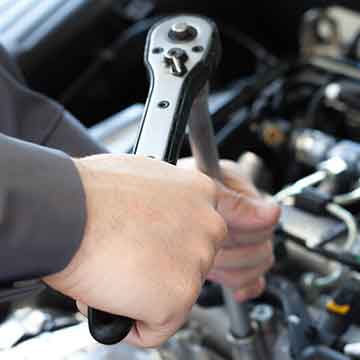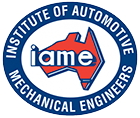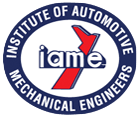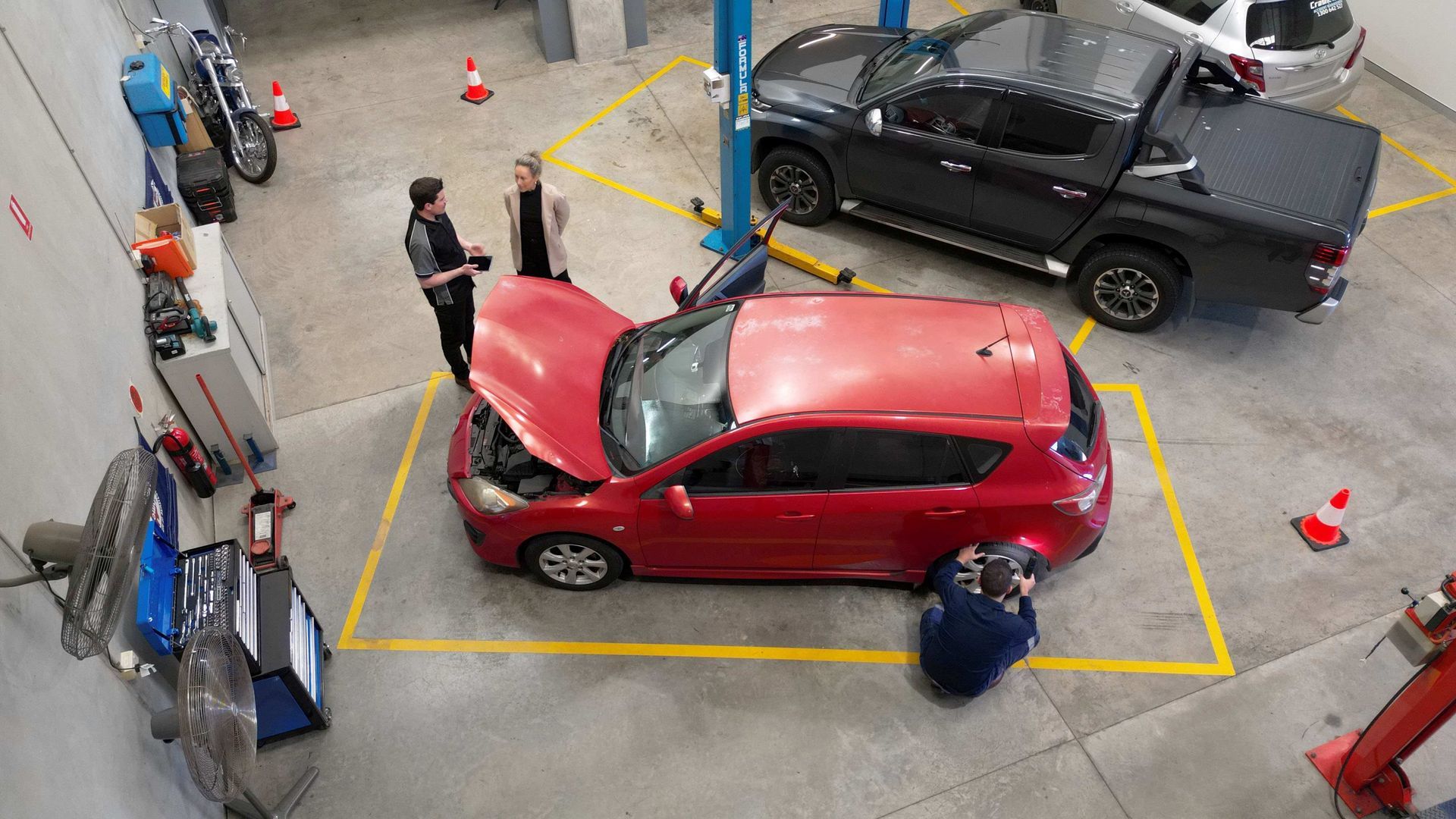Toyota Australia's Unrivaled Legacy
21 Years of Market Leadership and Hilux Hits 60,000 Sales Again
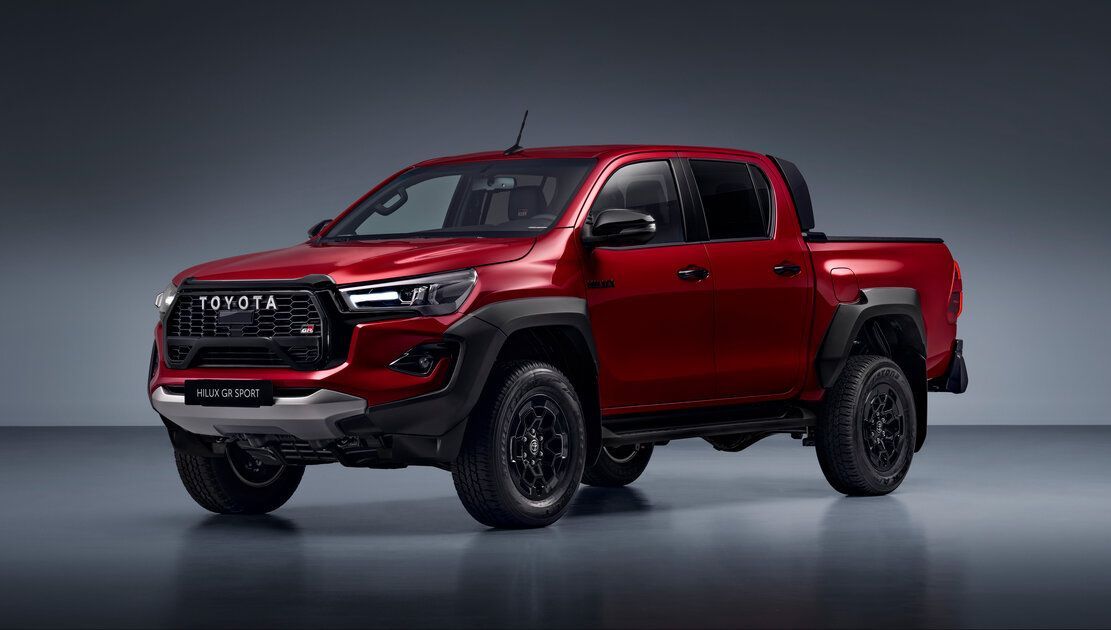
In a remarkable achievement, Toyota Australia is basking in the glory of 21 consecutive years of market leadership, reaffirming its unparalleled position in the automotive industry Down Under. Adding to this stellar accomplishment, the best-selling Toyota Hilux has once again surpassed the 60,000 sales mark, marking a testament to its enduring popularity and the brand's commitment to excellence.
Celebrating two decades and one more year at the helm of the Australian automotive market, Toyota Australia has etched its name in history with an impressive 21 consecutive years of market leadership. This achievement is a testament to the brand's unwavering commitment to quality, innovation, and understanding the ever-evolving needs of Australian consumers.
At the heart of Toyota's prolonged market dominance is the unassailable success of the Toyota Hilux, a vehicle that has become synonymous with reliability, durability, and versatility. The announcement that the Hilux has surpassed 60,000 sales for the second time is a milestone that underscores its enduring appeal. The Hilux's ability to consistently exceed sales benchmarks reflects not only the vehicle's inherent strengths but also Toyota's acute understanding of the Australian automotive landscape.
The prolonged market leadership and the Hilux's continuous success point to the trust and preference Australian consumers place in the Toyota brand. The Hilux, in particular, has become a go-to choice for drivers seeking a robust and dependable vehicle capable of tackling the diverse Australian terrain. Toyota's reputation for quality and reliability has resonated strongly with consumers, contributing significantly to the brand's enduring popularity.
Toyota's success in maintaining market leadership for over two decades is not solely based on past achievements but also on its ability to adapt to changing market dynamics. The brand has consistently evolved its vehicle lineup, incorporating new technologies, safety features, and design elements to stay in tune with consumer preferences. The Hilux, with its constant updates and improvements, embodies Toyota's commitment to staying ahead of the curve.
Beyond the accolades, Toyota's sustained market leadership has a ripple effect on the Australian economy. The automotive industry plays a crucial role in job creation and economic stability, and Toyota's success contributes significantly to this. The brand's ability to consistently lead the market translates to increased production, ensuring job stability for thousands of Australians employed in manufacturing, sales, and service sectors.
Toyota Australia's celebration of 21 consecutive years of market leadership and the Toyota Hilux surpassing 60,000 sales for the second time is a testament to the brand's enduring excellence and consumer trust. In an ever-evolving automotive landscape, Toyota's ability to adapt, innovate, and consistently deliver vehicles that resonate with Australian drivers has solidified its place at the forefront of the market. As the legacy continues, Toyota's commitment to quality and reliability sets a standard for the industry, making it a beacon of success and resilience in the Australian automotive sector.


